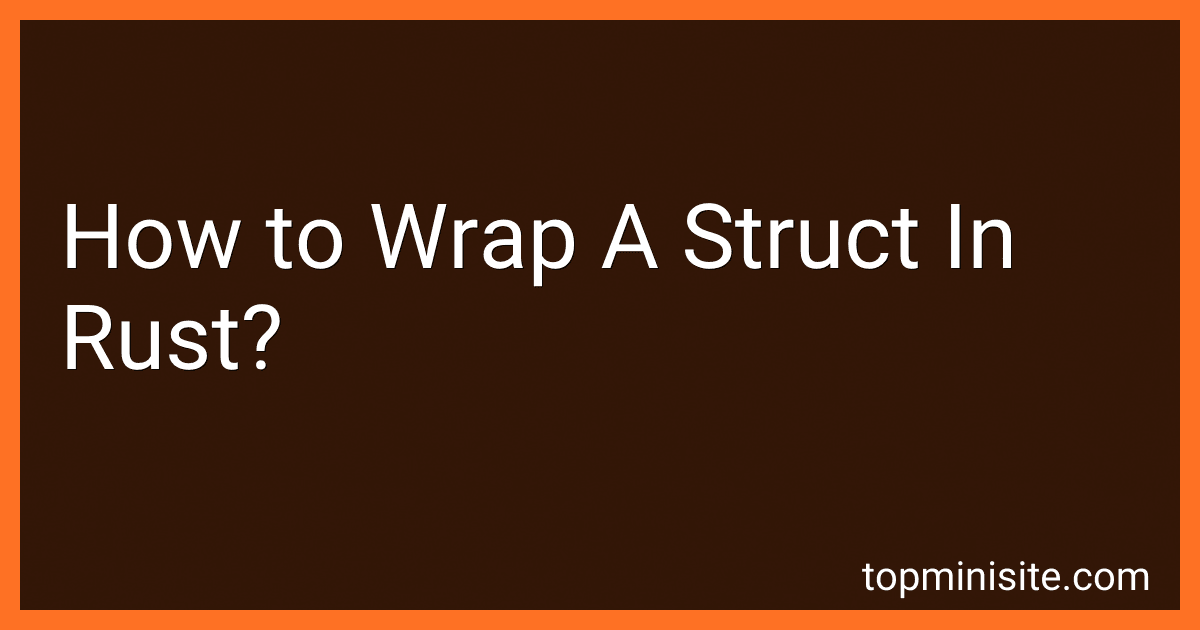Best Rust Programming Books to Buy in January 2026
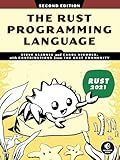
The Rust Programming Language, 2nd Edition



Programming Rust: Fast, Safe Systems Development


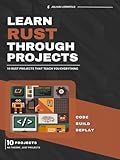
Learn Rust Through Projects: 10 Rust Projects That Teach You Everything


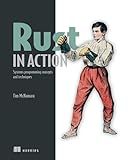
Rust in Action


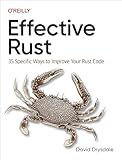
Effective Rust: 35 Specific Ways to Improve Your Rust Code



Rust Atomics and Locks: Low-Level Concurrency in Practice


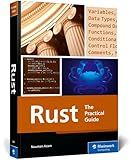
Rust Programming: A Practical Guide to Fast, Efficient, and Safe Code with Ownership, Concurrency, and Web Programming (Rheinwerk Computing)



Command-Line Rust: A Project-Based Primer for Writing Rust CLIs


In Rust, wrapping a struct typically refers to encapsulating a struct within another struct or enum. This can be useful for adding additional functionality or grouping related data together.
To wrap a struct in Rust, you simply define a new struct or enum that contains an instance of the original struct as one of its fields. This allows you to access the fields and methods of the wrapped struct through the wrapper struct, providing a layer of abstraction.
For example, if you have a struct called Person, you can create a new struct called Employee that encapsulates a Person instance along with additional fields specific to an employee.
struct Person { name: String, age: u32, }
struct Employee { person: Person, role: String, salary: f32, }
let person = Person { name: "Alice".to_string(), age: 30 }; let employee = Employee { person, role: "Manager".to_string(), salary: 50000.0 };
By wrapping the Person struct in Employee, you can access the name and age fields of the person through the employee instance, as well as the additional fields specific to an employee such as role and salary.
How to wrap a struct in Rust?
To wrap a struct in Rust, you can create a new struct that contains the original struct as a field. This is often done to provide additional functionality or a different interface to the original struct. Here's an example:
// Original struct struct MyStruct { field1: i32, field2: String, }
// Wrapper struct struct MyStructWrapper { inner_struct: MyStruct, }
impl MyStructWrapper { // Implement new methods or functionality for the wrapper struct fn new(field1: i32, field2: String) -> Self { MyStructWrapper { inner_struct: MyStruct { field1, field2, } } }
// Example method that accesses fields of the inner struct
fn get\_field1(&self) -> i32 {
self.inner\_struct.field1
}
}
fn main() { let wrapped = MyStructWrapper::new(42, String::from("Hello, world"));
println!("Field 1 of the inner struct: {}", wrapped.get\_field1());
}
In this example, MyStructWrapper wraps around MyStruct and provides an additional method get_field1() that accesses the field1 of the inner struct. You can add more methods or functionality to the wrapper struct as needed.
What is the default visibility of a struct in Rust?
The default visibility of a struct in Rust is private. This means that a struct is only accessible within the module in which it is defined and not visible outside of that module.
How to define custom behavior for a wrapped struct in Rust?
In Rust, you can define custom behavior for a wrapped struct by implementing traits for the struct. Traits allow you to define a set of methods that can be implemented by different types, providing a way to define custom behavior for your struct.
Here is an example of defining custom behavior for a wrapped struct:
struct MyStruct { value: i32, }
impl MyStruct { fn new(value: i32) -> Self { MyStruct { value } } }
trait CustomBehavior { fn custom_method(&self) -> i32; }
impl CustomBehavior for MyStruct { fn custom_method(&self) -> i32 { self.value * 2 } }
fn main() { let my_struct = MyStruct::new(5); println!("{}", my_struct.custom_method()); // Output: 10 }
In the example above, we define a struct MyStruct with a field value. We then implement a trait CustomBehavior for MyStruct, defining a custom method custom_method that doubles the value of the struct.
By implementing traits for your wrapped struct, you can define custom behavior and add functionality to your struct in a flexible and reusable way.
How to improve code extensibility with a wrapped struct in Rust?
One way to improve code extensibility with a wrapped struct in Rust is by using the “struct pattern”. This involves creating a new struct that wraps the original struct and provides additional functionality or behavior.
Here is an example to demonstrate this concept:
struct MyStruct { data: Vec, }
impl MyStruct { fn new(data: Vec) -> Self { MyStruct { data } }
fn add(&mut self, value: i32) {
self.data.push(value);
}
fn get\_total(&self) -> i32 {
self.data.iter().sum()
}
}
struct WrappedStruct { inner: MyStruct, }
impl WrappedStruct { fn new(data: Vec) -> Self { WrappedStruct { inner: MyStruct::new(data), } }
fn add\_with\_logging(&mut self, value: i32) {
println!("Adding value: {}", value);
self.inner.add(value);
}
fn get\_total(&self) -> i32 {
self.inner.get\_total()
}
}
fn main() { let mut wrapped_struct = WrappedStruct::new(vec![1, 2, 3]);
wrapped\_struct.add\_with\_logging(4);
println!("Total: {}", wrapped\_struct.get\_total());
}
In the example above, we have a MyStruct struct that represents a simple data structure with some basic functionality. We then created a WrappedStruct struct that wraps MyStruct and provides additional functionality, in this case, logging the values that are added to the data structure. By using the WrappedStruct struct, we can easily extend the functionality of the original struct without modifying its code directly.
This approach not only improves code extensibility but also helps in maintaining a clean and organized codebase by separating concerns and encapsulating functionality within the appropriate structs.
